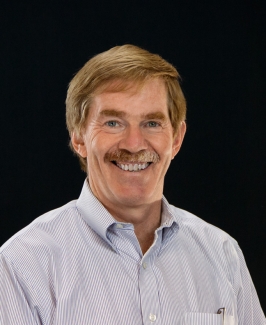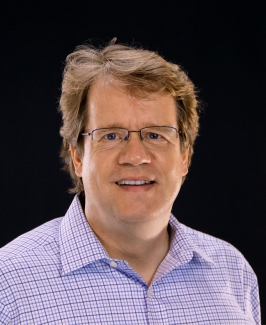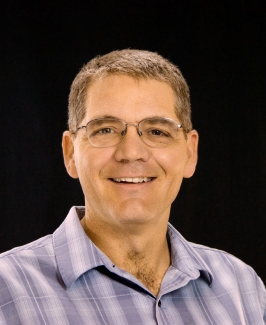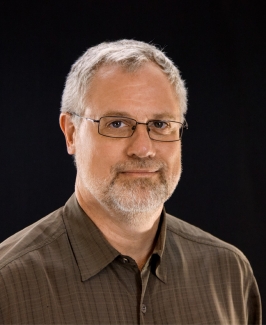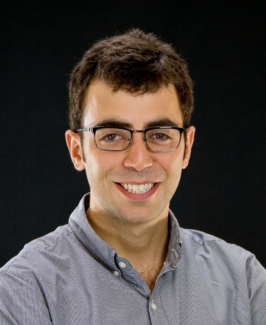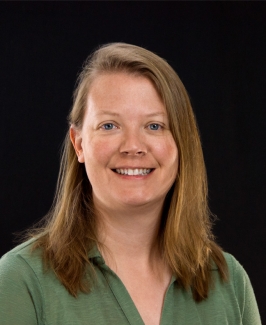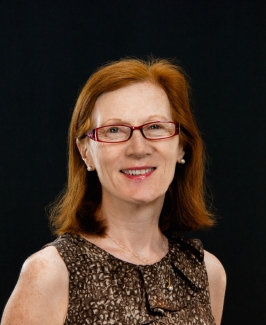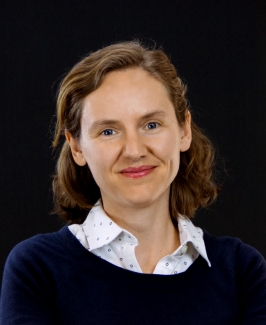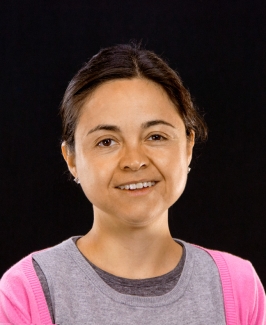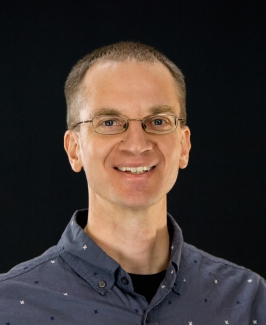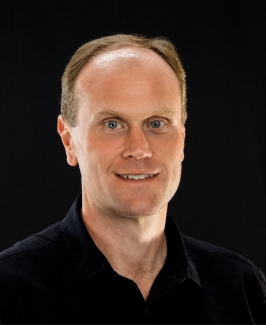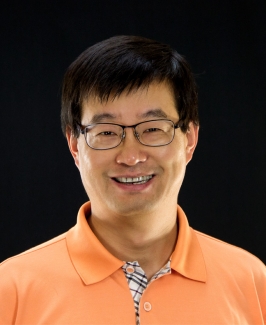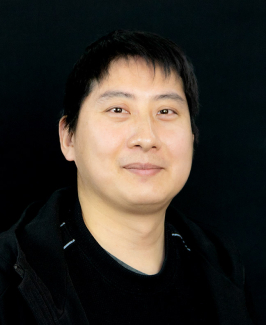JILA makes major contributions to the field of atomic and molecular physics through the study of the properties, behavior, and interactions of cold and ultracold atoms and molecules. JILA physicists have harnessed abilities to manipulate single atoms and control the interactions of many atoms. They have also made significant advances towards building molecules from ultracold atoms, and cooling existing molecules to the ultracold regime.
Ultracold atoms and molecules comprise novel forms of matter that exist at temperatures below a few millionths of a degree above absolute zero, where the laws of quantum mechanics dominate.
The fields of atomic and molecular physics have enjoyed explosive growth in recent decades because of the ability of theory to accurately describe observed phenomena and give predictive support to experiments. Because JILA physicists tackle atomic and molecular physics from both the theoretical and experimental sides, we have revolutionized and continue to lead these fields.




